Dear Colleagues, Here is the scenario, few employees were excluded from EPF contribution since their salaries were beyond 6500/- by issuing Form 11, and all these years it was fine from both ends (employee and employer).
Now, the same employees want to deposit some amount on their own as savings every month through VPF by not having the liability from the employer end.
Is it possible for any employee to contribute to VPF when he is excluded from the EPF account, is there a way for it?
From India, Chennai
Now, the same employees want to deposit some amount on their own as savings every month through VPF by not having the liability from the employer end.
Is it possible for any employee to contribute to VPF when he is excluded from the EPF account, is there a way for it?
From India, Chennai
Dear, He would be not eligible for deduct VPF because his name not registerd in EPFO.
From India, New Delhi
From India, New Delhi
There is no voluntary contribution to PF by employee alone. Varghese Mathew
From India, Thiruvananthapuram
From India, Thiruvananthapuram
Dear Balkrishna ji, Excluded employee is not a member of EPF. An employee who is not a member of EPF, he can not contribute towards PF including VPF. VPF is available to member of EPF only.
From India, Mumbai
From India, Mumbai
Dear Kumar ji,
Can you please elaborate how you have done it?
Employee who is not a member of PF, this means PF - member share is Nil; employer share is Nil and how you effected the deduction towards VPF and how you done the remittance?
I think you have misunderstood the query and responses to it.
From India, Mumbai
Can you please elaborate how you have done it?
Employee who is not a member of PF, this means PF - member share is Nil; employer share is Nil and how you effected the deduction towards VPF and how you done the remittance?
I think you have misunderstood the query and responses to it.
From India, Mumbai
You should ask the candidate to open a PPF account and make contributions to it That way he can have his savings and at the same time not create a problem for you
From India, Mumbai
From India, Mumbai
In my opinion ,when such employees are not willing to have liability from Employer, they can invest any amount from their salary in any investment agency including LIC. Employer can also deduct their contribution and deposit the same in any Bank or may form a Trust for such employees.
In case the Employer is interested to contribute his share also, he can get permission from RPFC .
Chandok AK
RPFC (Retd.)
<link no longer exists - removed>
From India, Chandigarh
In case the Employer is interested to contribute his share also, he can get permission from RPFC .
Chandok AK
RPFC (Retd.)
<link no longer exists - removed>
From India, Chandigarh
This means you agree with the contention of Kamlesh ji, Varghese ji & myself.
This means you also agree with the contention of Kamlesh ji, Varghese ji & myself.
There are various investment tools available to employees but not VPF.
LIC's Salary Saving Scheme (SSS) is available subject to certain conditions.
QUOTE=AK CHANDOK;2062811]
In case the Employer is interested to contribute his share also,
[/QUOTE]
LIC's Employer Employee Policy is available in which both Employer & Employee can avail IT benefit, subject to certain conditions.
QUOTE=AK CHANDOK;2062811]
he can get permission from RPFC .
[/QUOTE]
With due respect to you Sir, I would like to ask you why RPFC permission is required and under which section?
From India, Mumbai
This means you also agree with the contention of Kamlesh ji, Varghese ji & myself.
There are various investment tools available to employees but not VPF.
LIC's Salary Saving Scheme (SSS) is available subject to certain conditions.
QUOTE=AK CHANDOK;2062811]
In case the Employer is interested to contribute his share also,
[/QUOTE]
LIC's Employer Employee Policy is available in which both Employer & Employee can avail IT benefit, subject to certain conditions.
QUOTE=AK CHANDOK;2062811]
he can get permission from RPFC .
[/QUOTE]
With due respect to you Sir, I would like to ask you why RPFC permission is required and under which section?
From India, Mumbai
Dear friends,
These employees will be opened normal EPF a/c like any other employees and take their VPF (say Rs.10000/-) as their subscription but employer's contribution (they are allowed to vary their VPF only once in a year) will be restricted to only @ Rs.6500/=. Of course our's is EPF Trust. (As our Byelaws of the Trust provides for such thing which are approved by the Commissioner I don't think any violation in doing like this) I'm not sure there could be some restrictions if any, in implementing VPF like this in respect of non-exempted establishments which are still have to remit to PF kitty to PFCommissioner's a/c. You can check that out with PF Commissioner's office.
Regards,
kumar.s.
From India, Bangalore
These employees will be opened normal EPF a/c like any other employees and take their VPF (say Rs.10000/-) as their subscription but employer's contribution (they are allowed to vary their VPF only once in a year) will be restricted to only @ Rs.6500/=. Of course our's is EPF Trust. (As our Byelaws of the Trust provides for such thing which are approved by the Commissioner I don't think any violation in doing like this) I'm not sure there could be some restrictions if any, in implementing VPF like this in respect of non-exempted establishments which are still have to remit to PF kitty to PFCommissioner's a/c. You can check that out with PF Commissioner's office.
Regards,
kumar.s.
From India, Bangalore
Dear Sir,
I was referring to permission of RPFC only in case the Employer wants to make excluded employee as a member of EPF at a later stage of employment but in that case, employer will have to contribute his own share plus Adm. Charges etc.
I have given the suggestion which may or may not be acceptable.
Chandok
From India, Chandigarh
I was referring to permission of RPFC only in case the Employer wants to make excluded employee as a member of EPF at a later stage of employment but in that case, employer will have to contribute his own share plus Adm. Charges etc.
I have given the suggestion which may or may not be acceptable.
Chandok
From India, Chandigarh
Community Support and Knowledge-base on business, career and organisational prospects and issues - Register and Log In to CiteHR and post your query, download formats and be part of a fostered community of professionals.






 910
910